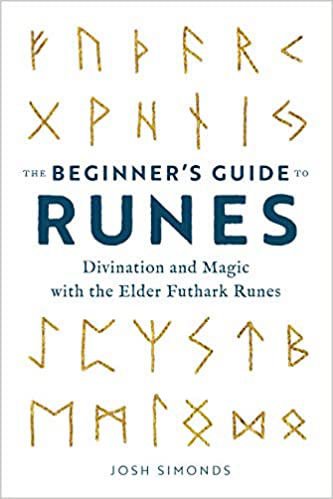Natural magic utilizes the world around us for magical purposes. Herbs are one of the most important tools for natural magic, and the best introduction to this system is found in Scott Cunningham's Magical Herbalism.
This book presents a complete system of magic using herbs. You will learn the theory of magic and the tools you'll need. Then you'll get countless techniques for using herbs for magic. Need a protection method? "Pick several protective herbs and bind the stems together with red thread, then hang them up. This practice dates back to Babylonian times." You'll find a list of over 115 herbs that details their magical powers, so you can easily find which ones are protective in nature.
The Beginner's Guide to Runes: Divination and Magic with the Elder Futhark Runes by Josh Simonds.
Often Bought With This Item:
* Runes for Beginners: A Guide to Reading Runes in Divination, Rune Magic, and the Meaning of the Elder Futhark Runes (Divination for Beginners Series) by Lisa Chamberlain.
* Moon Spells for Beginners: A Guide to Moon Magic, Lunar Phases, and Essential Spells & Rituals by Michael Herkes.

